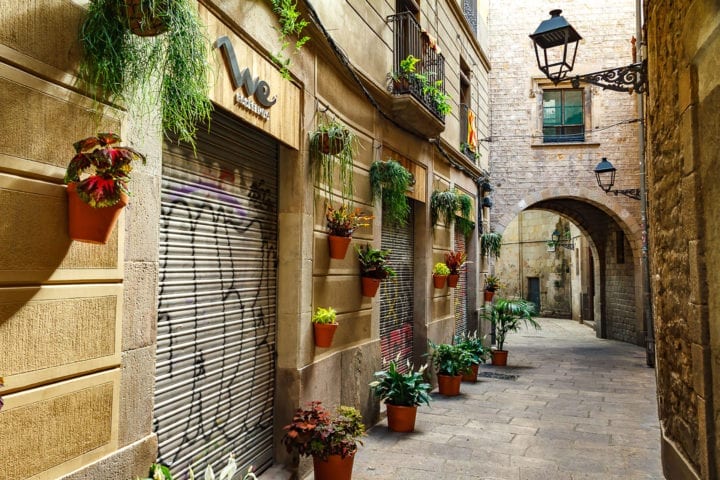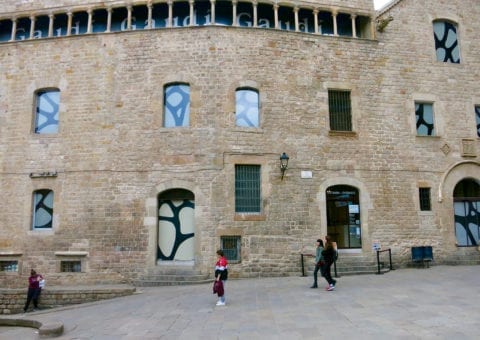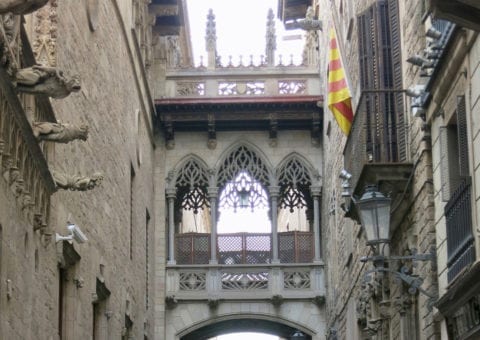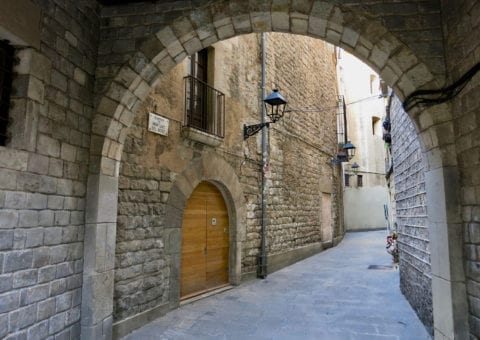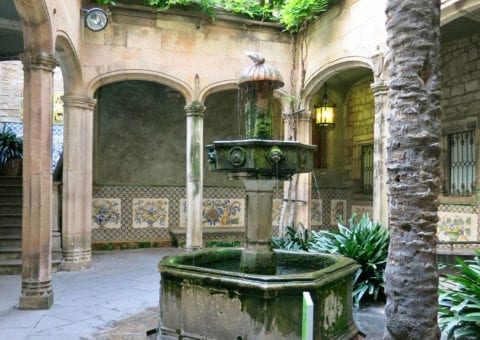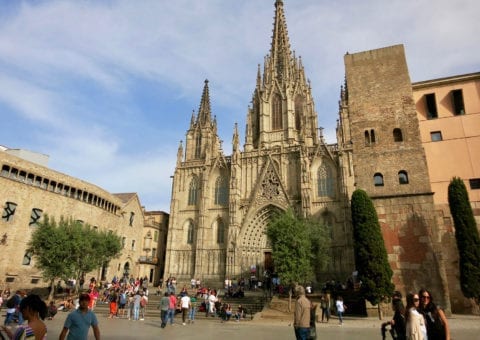Gothic Quarter
The Gothic Quarter comprises what was formerly called the cathedral quarter. Here are the great Gothic buildings that mark the heyday of the city and its culture in the Middle Ages.
The remains of the old fortifications and palaces that the Romans founded on Mons Taber are also preserved, such as the temple dedicated to Augustus and the walls.
The controversial reform of the Gothic Quarter
With the opening of the Vía Layetana, more than 300 buildings of the old Barcelona were demolished. Some were moved stone by stone, such as the Casa del Guild de Boilermakers, or Casa Padella located on Calle Mercaders and moved to Plaça del Rei, now the Ciutat History Museum, or the construction of the Gothic bridge “El Pont del Bisbe ”.
There are those who attribute the idea of creating a Gothic neighborhood to the architect Jeroni Martorell, there were criticisms by intellectuals of the time of Gothic imitations made in some building: Antoni Rovira Virgili, Lluis Millet, and Ferran Valls Taberner among others.
The Spanish Civil War (1936-1939) partially changed the landscape of Barcelona’s Gothic Quarter. Franco’s aviation (Italian ally of General Franco) bombed the historic center of the city on several occasions, an atrocious decision since it was not an industrial or strategic area, like the Palau de la Generalitat. Barcelona, like Guernica, experienced the horror of being the first cities in history, in which aviation bombed the civilian population.
On January 30, 1938, the bombing that most punished the Gothic quarter took place, several buildings were affected by the fall of the bombs in the streets; Petrixol, Avinyo, de la Palla or Plaza de Sant Felip Neri, where one of those unfortunate injustices that wars cause occurred. In the Oratory of the Church of Sant Felip Neri there were twenty children who had taken refuge from the war who, along with other neighbors, took shelter in the basement of the sacristy, when a shell hit the building, killing all those who had taken refuge.



